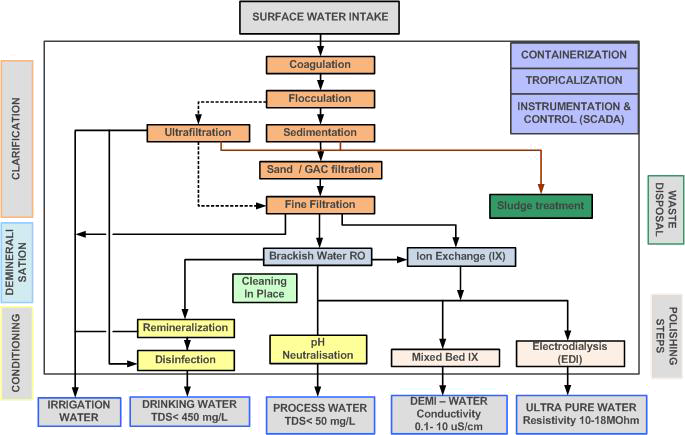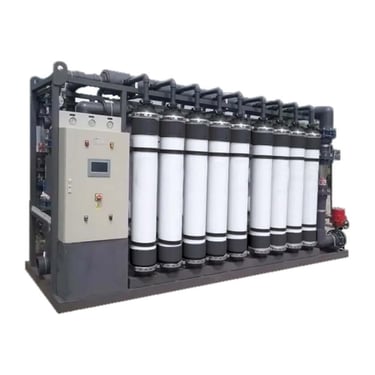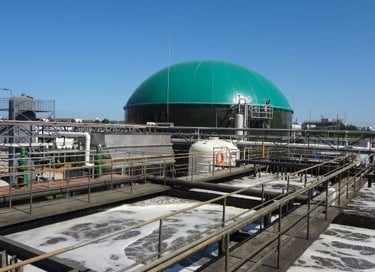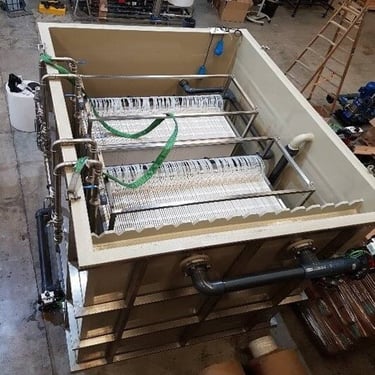Process-Surface water treatment
TYPE-SURFACE WATER


Suspendisse faucibus mauris massa, ut scelerisque est ultricies nec. Aliquam quis dictum tortor. Nunc tincidunt gravida ornare. Sed pulvinar faucibus dolor ac efficitur.
Surface water treatment processes
Due to the high cost of drinking water and the fact that water is not always available, more and more industries and municipalities use treated surface water. Normally the surface water needs to be treated before it has the required water quality. Surface water typically contains a high suspended solids content, bacteria, algae, organic matter, creating bad taste and odour. In some areas, like river estuaries, surface water can be brackish, reaching up to 8000 mg/L of salts.
Two processes are commonly used to treat surface water:
- Conventional treatment including clarification (coagulation/flocculation, sedimentation or dissolved air flotation), sand filtration, activated carbon adsorption and disinfection.
- Advanced treatment based on ultrafiltration technology.
Surface water treatment processes
Special attention is brought to disinfection since surface waters contain a wide range of coliforms (E.Coli), viruses and protozoa. The use of chlorine should be used with care since it reacts with natural organic matter to form disinfection by-products like trihalomethanes.







